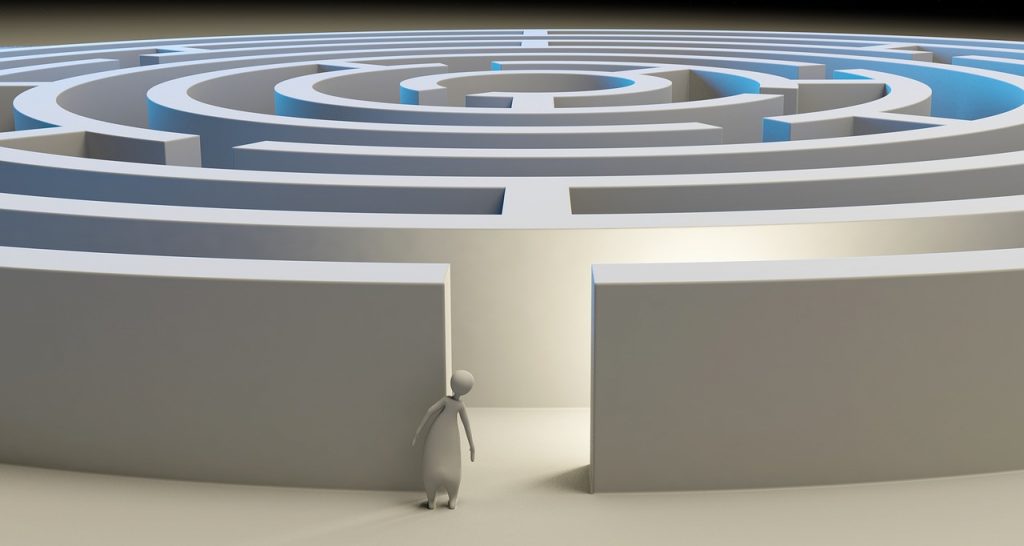
GUEST POST from Art Inteligencia
Design thinking is a creative problem-solving process that focuses on the user’s needs, rather than the solutions themselves. It is a process that encourages the exploration of multiple solutions to a given problem. Although design thinking has been around for decades, it has recently gained popularity as a powerful tool to create innovative solutions.
The design thinking process consists of five distinct stages that help guide the user through the journey of problem-solving. The stages are as follows:
1. Empathize: The first stage of design thinking is to understand the problem from the user’s perspective. This involves gaining an understanding of the user’s needs and the context of the problem. This stage is the foundation of the design thinking process and helps to ensure that any solutions created are tailored to the user’s needs.
2. Define: This stage involves developing a clear and concise definition of the problem. It also involves identifying the key stakeholders involved and the desired outcomes. This stage is important because it helps to ensure that all stakeholders are on the same page and that any solutions created are tailored to their needs.
3. Ideate: This is the stage where ideas are generated and solutions are explored. This stage involves brainstorming and exploring various solutions to the problem. This is an important stage as it helps to ensure that all potential solutions are explored and that the best solution is chosen.
4. Prototype: This is the stage that involves creating a prototype of the solution. This prototype is used to test the solution and get feedback from users. This stage is important to ensure that the solution is effective and meets the user’s needs.
5. Test: The final stage of the design thinking process involves testing the solution. This allows the user to provide feedback and make tweaks to the solution if necessary. This stage is important to ensure that the solution is effective and meets the user’s needs.
Design thinking is a powerful tool for problem-solving and creating innovative solutions. By following the five stages of the design thinking process, users can ensure that the solutions created are tailored to the user’s needs.
SPECIAL BONUS: Braden Kelley’s Problem Finding Canvas can be a super useful starting point for doing design thinking or human-centered design.
“The Problem Finding Canvas should help you investigate a handful of areas to explore, choose the one most important to you, extract all of the potential challenges and opportunities and choose one to prioritize.”
Image credit: Pixabay
![]() Sign up here to get Human-Centered Change & Innovation Weekly delivered to your inbox every week.
Sign up here to get Human-Centered Change & Innovation Weekly delivered to your inbox every week.